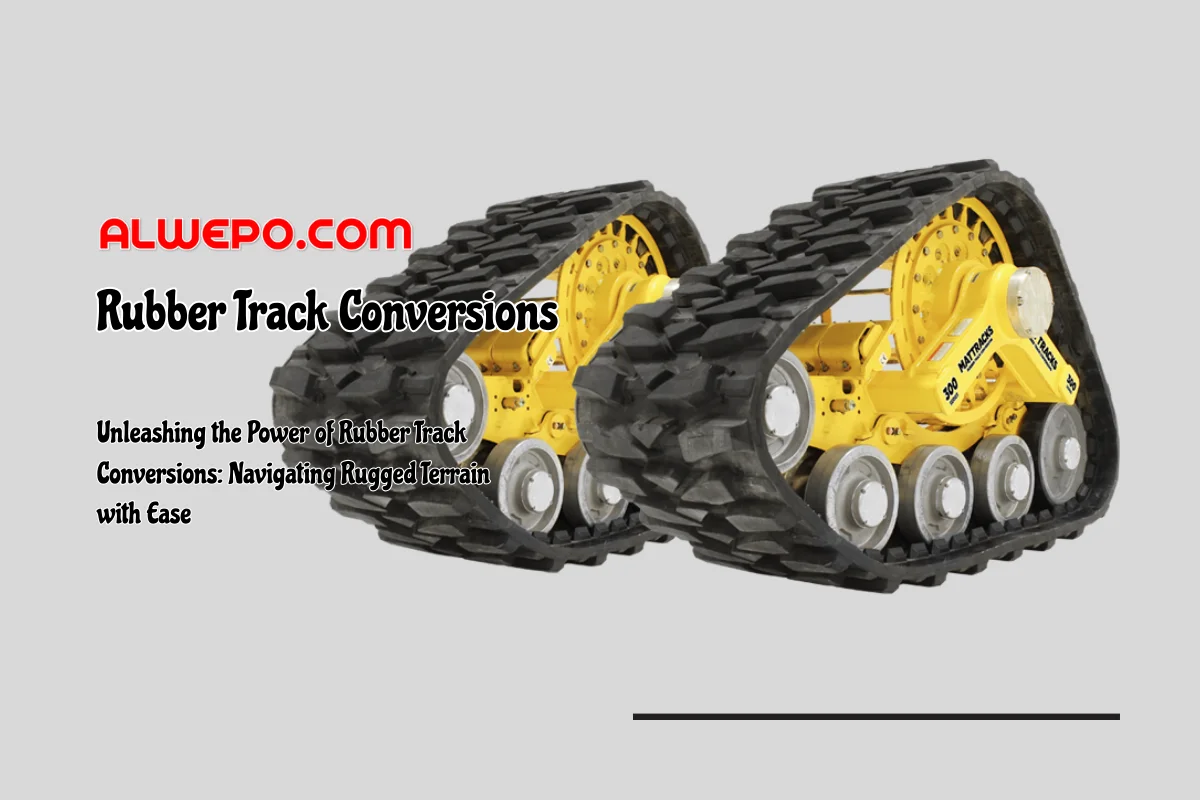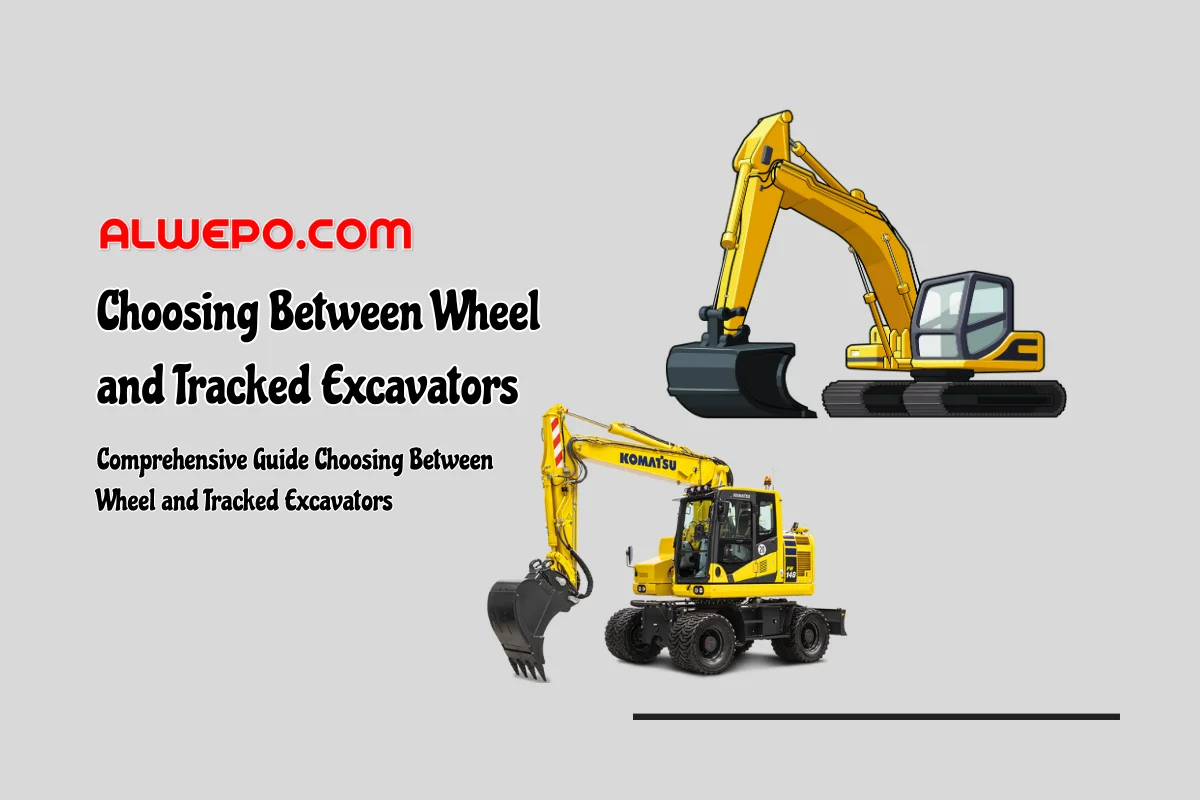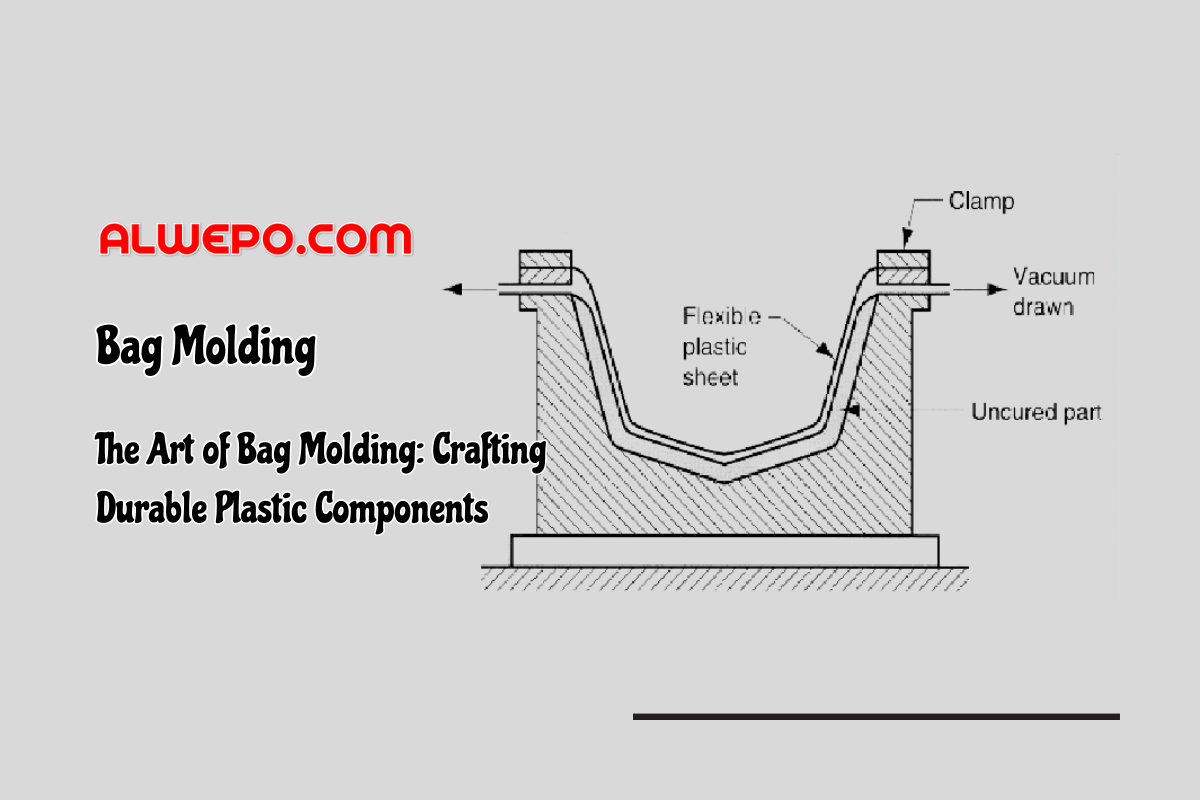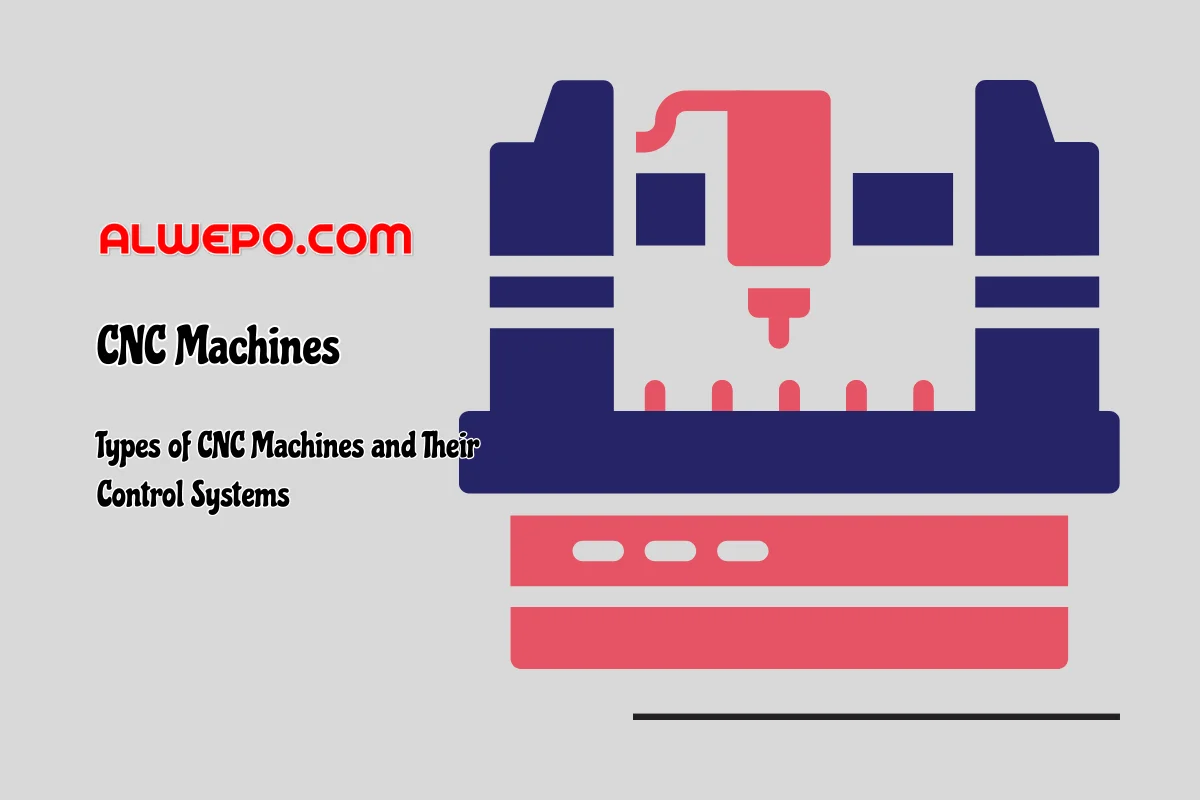Hydraulic power loss in excavators is a common issue that operators frequently encounter. Symptoms include slow movement, reduced power, or complete failure to operate. If not addressed promptly, this problem can decrease productivity and potentially damage other components.

This article will explain the causes and simple troubleshooting steps for hydraulic power loss in excavators that you can perform before calling a technician. Read on to learn more!
Common Causes of Hydraulic Power Loss in Excavators
Before fixing the issue, identify the possible causes of dropping hydraulic pressure:
-
Low hydraulic oil level – Insufficient oil or leaks.
-
Contaminated oil – Water, dirt, or metal particles in the system.
-
Clogged oil filter – Restricted oil flow to the hydraulic pump.
-
Faulty hydraulic pump – Internal leaks or worn-out components.
-
Leaking hoses or seals – Pressure loss due to leaks.
-
Control valve issues – Malfunctioning pressure regulation.
Simple Steps to Fix Hydraulic Power Loss
1. Check Hydraulic Oil Level
-
Ensure oil is between the MIN and MAX marks on the dipstick.
-
If low, top up with recommended hydraulic oil (ISO VG 46/68 is commonly used).
-
Inspect for leaks around hoses, fittings, or seals.
2. Replace Hydraulic Oil & Filter
-
Dirty or old oil should be replaced.
-
Clean or replace the hydraulic filter if clogged.
-
Use genuine or manufacturer-recommended oil.
3. Inspect the Hydraulic Pump
-
Listen for unusual noises or knocking (signs of pump failure).
-
Check hydraulic pressure using a pressure gauge (if available).
-
If the pump is damaged, consider repairing or replacing it.
4. Check Hoses & Seals
-
Look for oil leaks or wet spots around hoses and connections.
-
Replace cracked hoses or worn-out seals.
5. Clean or Replace the Control Valve
-
If the excavator still lacks power, the control valve may be stuck or faulty.
-
Disassemble and clean the valve, or replace it if necessary.
6. Bleed the Hydraulic System (If Needed)
-
Air trapped in the system can cause jerky movements.
-
Start the engine, let it idle, and operate the arm/bucket to remove air bubbles.
When to Call a Professional Mechanic?
If the problem persists after these steps, there may be serious damage, such as:
-
Severe hydraulic pump failure
-
Damaged hydraulic cylinder
-
Faulty main control valve
It’s best to take the excavator to an authorized service center or contact an experienced technician.
Preventive Tips to Avoid Hydraulic Power Loss
Proper maintenance is key to preventing hydraulic system failures in excavators. By following these preventive measures, you can extend the lifespan of your machine and avoid costly downtime.
✅ 1. Regularly Check Hydraulic Oil Level and Condition (Every 250 Operating Hours)
Why it’s important:
Hydraulic oil is the lifeblood of your excavator’s hydraulic system. Low oil levels or degraded oil can lead to:
-
Increased friction and wear on pumps and valves.
-
Overheating, which reduces efficiency and damages seals.
-
Air contamination, causing spongy or weak hydraulic movements.
How to do it:
-
Use the dipstick to check oil levels (ensure it’s between MIN and MAX).
-
Inspect oil color and consistency – fresh oil is clear/amber; dark or milky oil indicates contamination.
-
Look for metal particles or sludge, which signal internal wear.
Pro Tip:
-
Keep a maintenance log to track oil changes and inspections.
✅ 2. Replace Oil & Filters as Per the Maintenance Schedule
Why it’s important:
Over time, hydraulic oil breaks down, and filters get clogged, leading to:
-
Reduced lubrication, increasing component wear.
-
Restricted oil flow, causing pressure drops.
-
Contaminants circulating, damaging sensitive parts like pumps and control valves.
Recommended Intervals:
-
Oil change: Every 1,000–2,000 hours (varies by manufacturer).
-
Filter replacement: Every 500 hours or as specified in the manual.
How to do it:
-
Drain old oil completely and flush the system if heavily contaminated.
-
Install high-quality filters (avoid cheap aftermarket ones).
-
Refill with manufacturer-approved hydraulic oil (check viscosity grade).
Pro Tip:
-
After an oil change, bleed the system to remove trapped air.
✅ 3. Avoid Overloading the Excavator Beyond Its Capacity
Why it’s important:
Overloading strains the hydraulic system, causing:
-
Excessive pressure spikes, damaging hoses and seals.
-
Premature pump failure due to constant high stress.
-
Boom/arm cylinder damage from excessive force.
How to prevent overloading:
-
Follow the rated lifting capacity in the operator’s manual.
-
Use proper attachments (e.g., larger buckets for lighter materials).
-
Avoid forced digging in extremely hard or rocky terrain.
Pro Tip:
-
If the machine struggles, reduce load size rather than pushing limits.
✅ 4. Use Genuine Oil and Spare Parts for System Durability
Why it’s important:
Low-quality or counterfeit parts can cause:
-
Poor lubrication, leading to accelerated wear.
-
Seal degradation, causing leaks.
-
Incompatibility issues, reducing hydraulic efficiency.
Benefits of Genuine Parts:
-
Optimized performance (correct viscosity and additives).
-
Longer component life (better material quality).
-
Warranty compliance (using non-genuine parts may void warranties).
How to ensure quality:
-
Buy from authorized dealers or trusted suppliers.
-
Check for certifications (ISO, OEM approval).
-
Avoid unbranded or suspiciously cheap alternatives.
Pro Tip:
-
Keep spare hoses, seals, and filters in stock to avoid emergency repairs with substandard parts.
Conclusion
Hydraulic power loss in excavators can result from low oil, clogged filters, leaks, or pump failure. With regular checks and simple maintenance, you can resolve this issue before it worsens.
Preventive maintenance is far cheaper than emergency repairs. By following these steps, you can:
✔ Maximize hydraulic system efficiency
✔ Reduce unexpected breakdowns
✔ Extend the excavator’s lifespan
Need a maintenance checklist? Download our free Excavator Hydraulic Care Guide.
Have your own tips? Share them below! 🚜🔧















